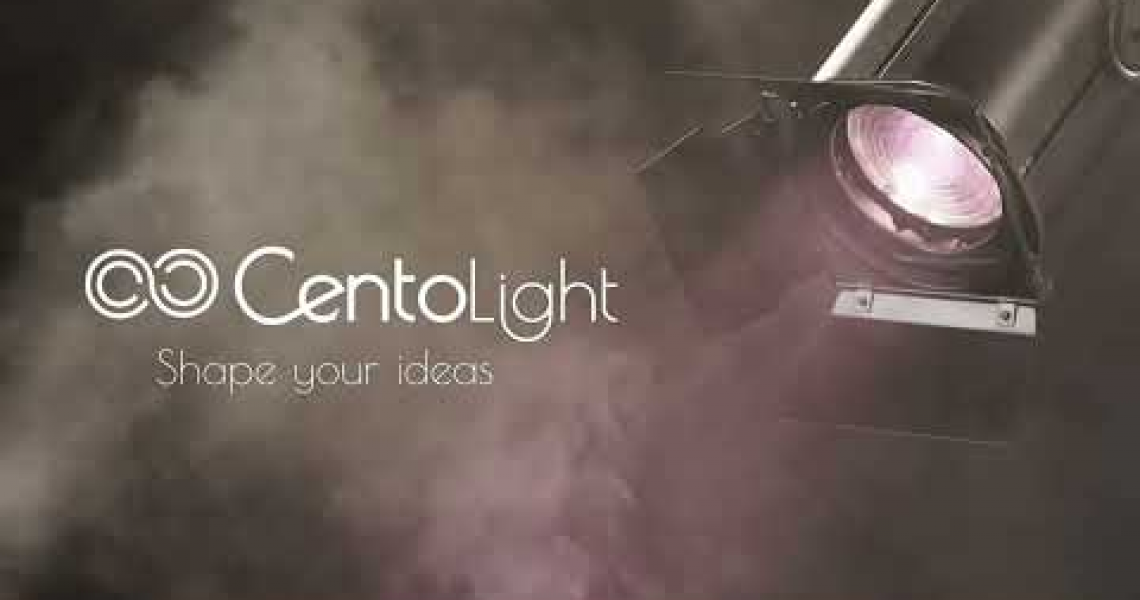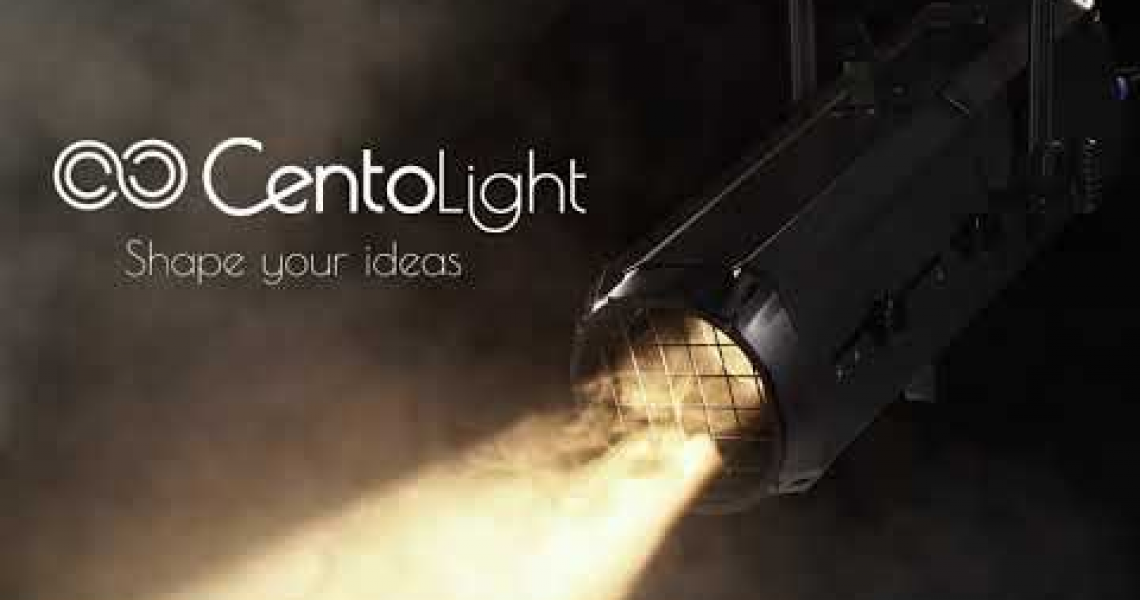LED theater lights


LED light enters the theater: a transition now complete
How many times have we heard of the "LED transition", in both the domestic and professional sectors, a momentous change that has occurred in a relatively short period of time that has involved – and still ongoing - the replacement of old incandescent or neon lighting technologies with LED.
While in the domestic sphere the replacement operation is simple and straightforward, in the professional sector the transition from "conventional" to LED light sources can hide some pitfalls.
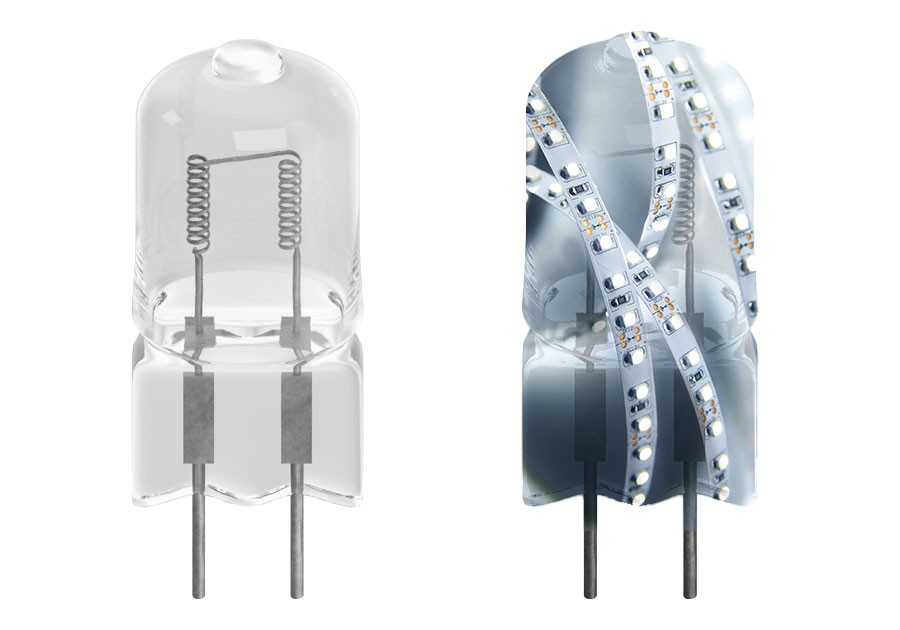
Today we are here to talk about the theater, a context in which light plays a central role and in which quality, in terms of color and beam quality, is of primary importance.
Are LED theatrical spotlights effective? Does the quality live up to the standard?
How to choose the right LED theatrical spotlight?
What are the advantages that an LED theatrical spotlight offers?
Let's start from the beginning before a necessary premise.

What is LED?
The LED technology has been known since the early 1960s. This technology exploits the properties of certain semiconductor materials that can emit photons, i.e. light, following the application of an electrical potential.
This technology has the big advantage of having a great efficiency in relation to consumption, which is dozens of times lower - compared to the same amount of light emitted - than incandescent ones. Moreover, the intrinsic life of the LED lamp is also significantly longer than conventional ones.
The driver is the only component that is "added", and it features a certain electronic "complexity" in the LED compared to conventional lamps. It is a device that transforms the alternating current coming from the mains into direct current at an appropriate voltage so that the device works properly.
The quality of light and the theater
There has been much discussion among the experts in the professional sector, whereas it is certainly a lesser "issue" in the domestic and consumer world where the great energy savings and durability of LEDs have caused halogen bulbs to be promptly replaced.
But what are the essential requirements for proper lighting in the theater?
We could summarize in a simple list some of the tasks of light in the theater, no matter what the source is:
- visibility
- selection
- realism
- magic
So, going through these 4 points we understand how proper lighting must make the leads (actors) and props clearly visible, it must be able to selectively tighten on what should be lit and what should be kept hidden, it must create the right realism, especially with the quality of the actors' tones and complexion, and, finally, create the magic that only theater can give...
It is well-known that in the world of professional lighting there are some "LED detractors" who claim precisely that the quality of LED light is inadequate because it is not as "natural and homogeneous" as that produced by incandescent lamps. These qualities, especially in some areas, for instance in the theater, are indeed very important.
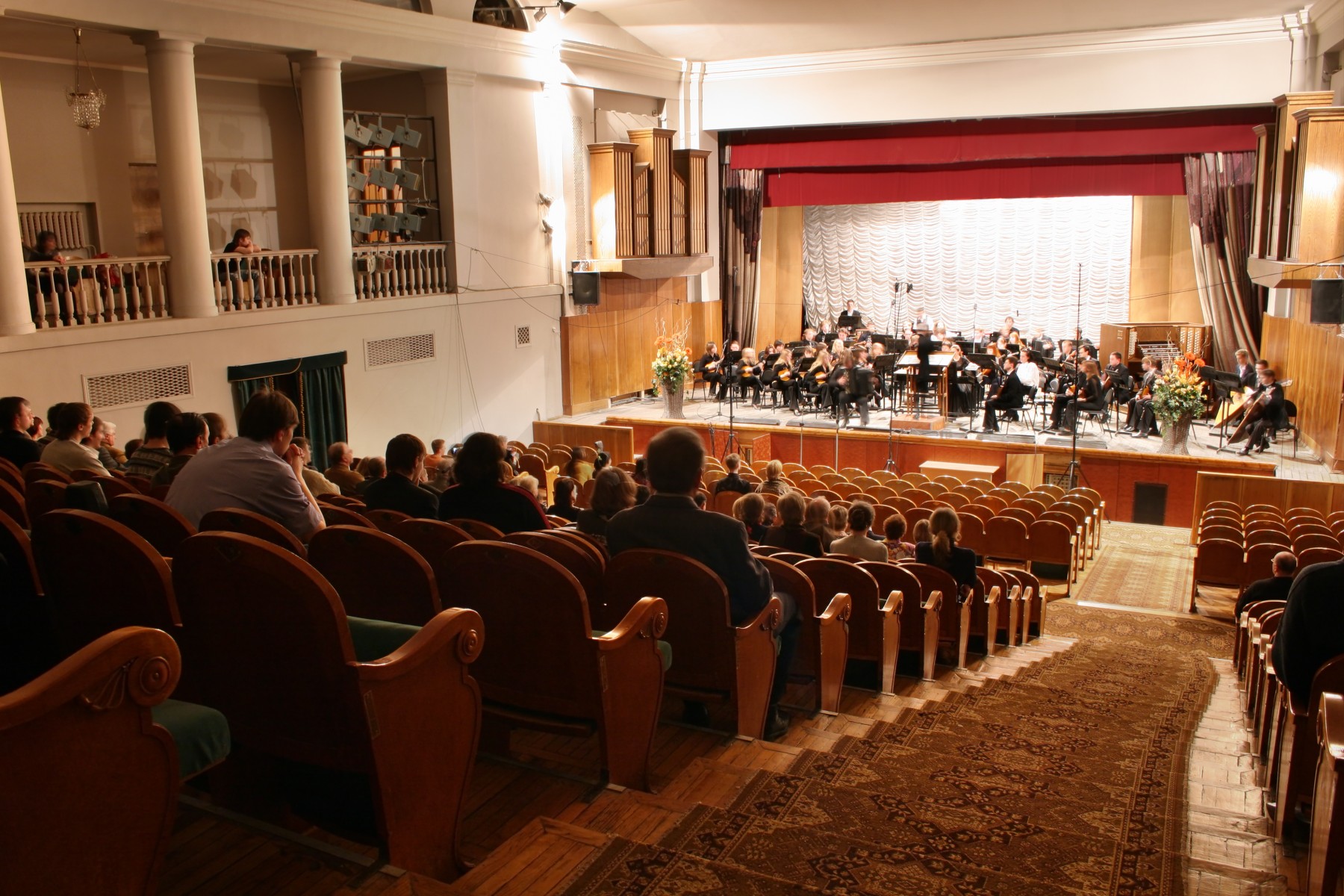
Anyway, we don't want to go deeper into this topic in this article. However, we cannot fail to point out how the technology has changed over time, going from the first products of a decade ago still far from optimal rendering to those of today, in which even a very careful eye might not recognize the type of source... These improvements are basically due to the use of LED arrays in multicolor (often in addition to RGB we have White, The Lime etc...) and chip densities, 'minor' technical developments when taken individually, but which together bring many advantages in terms of variety in hues, beam cohesion, and control of beam aperture and zoom.
Let's take for example a simple and effective product, the Centolight's PLOT 6200FZ, an LED Fresnel projector with an adjustable beam between 15° and 50° via motorized zoom with a light source consisting of a 200W LED with an array of as many as 6 basic colors (Red, Green, Blue, Amber, Lime and Cyan).
The PLOT 6200FZ is a demonstration of how a not too expensive product can very well meet the demands of the most demanding lighting designers, offering very varied color tones in a uniform and full-bodied beam.
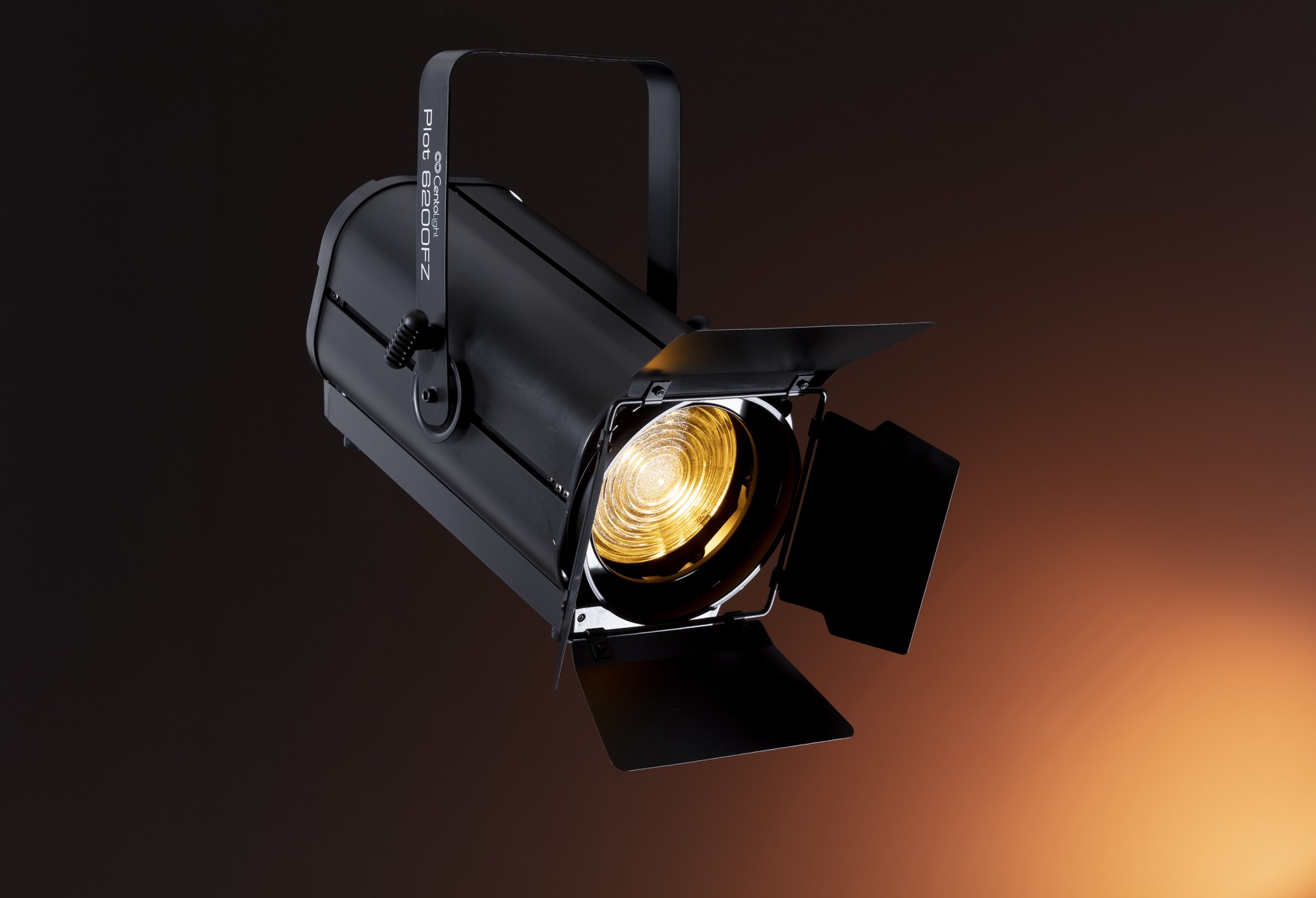
White and the "magic" of theater
The magic that only theater can give also depends on light and, by antagonism, on shadows.
The lighting of the stage elements and overall, of the actors is one of the most important aspects to achieve the emotion that only theater can give.
A white capable of expressing a warm and enveloping light (indicatively from 3000° to 4000° Kelvin) helps to make faces and complexion more present on stage by increasing perspective and depth.
This is why over the years - and centuries - incandescent lamps have been used, which are certainly fit for this purpose but, as we have already seen, technologically out of step with the times.
Modern LEDs can express a veracity and warmth of these gradations like traditional lamps with perhaps even more flexibility and consistency.
In this sense, another winning product is Centolight SQUARE 200PZ, a professional LED shaper with an adjustable beam between 15° and 36° via manual zoom and focus is the perfect choice for theatrical applications and fixed installations where Warm White (3,200K) lighting is required with high quality and durability of LED chips.
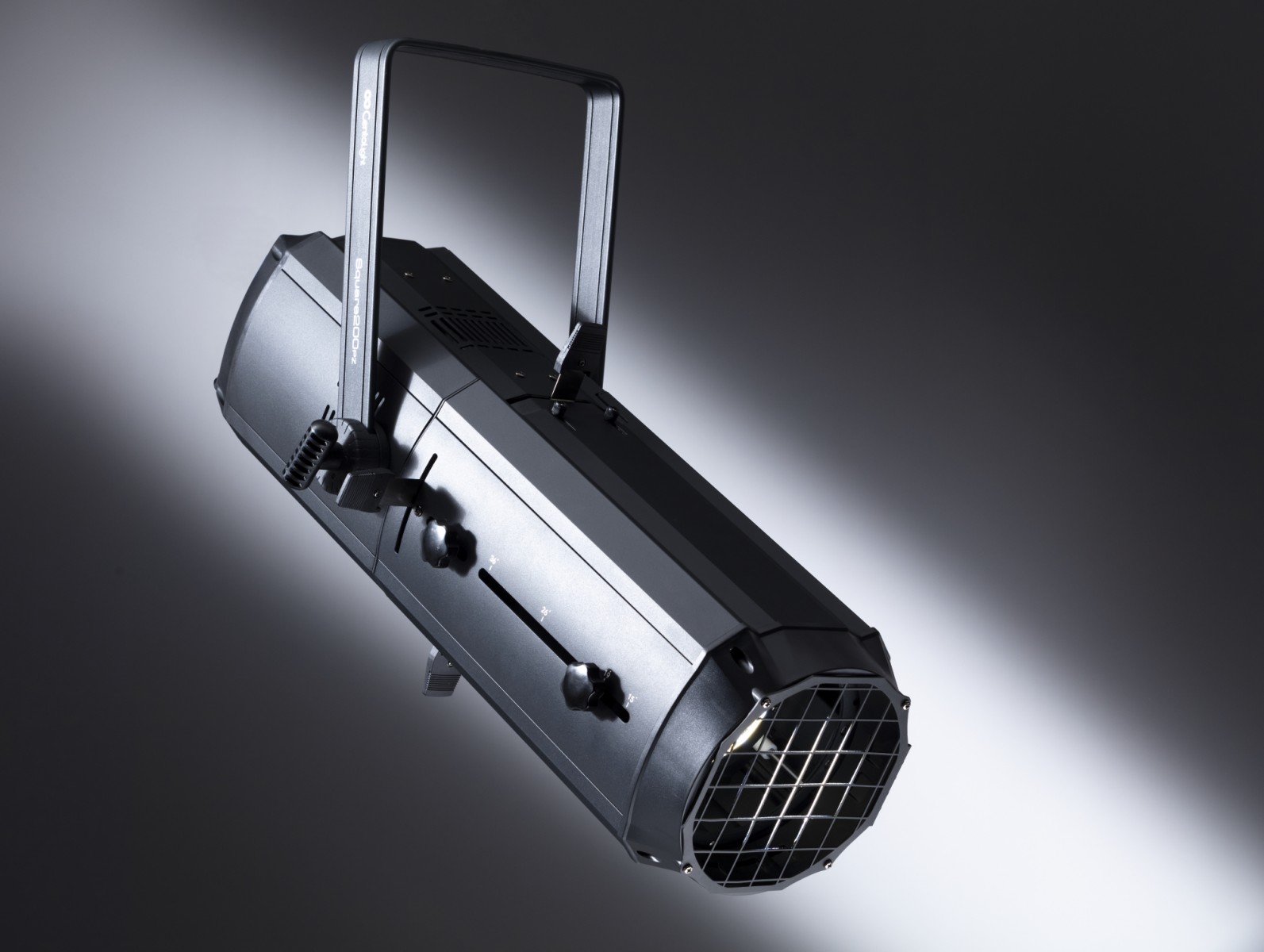
A product such as this allows a small theater or an average rental company to purchase a set of 6, 12, 24 projectors, as needed, on a sustainable budget and with the assurance of having an effective, up-to-date and, above all, long-lasting product.
Within the extensive Centolight catalog there are many LED tools designed and built to meet the specific needs of professionals with many valuable projectors perfect for the theatrical world: Fresnel spotlights such as the entire PLOT line, SQUARE shapers and a whole range of accessories that make everyday work simple and immediate.
The Wireless Signal
Complementing a theater, service or rental set you would need a DMX signal distribution system (to date still the most widely used standard for remotely controlling fixed or motorized lights and projectors) such as Aircom 126.
Aircom transmits and receives data in standard DMX512 format wirelessly, solving control problems between lighting equipment and control units without the use of DMX cables. This means incredible time savings in installation, since there is no need to pull meters and meters of cables, and savings in wiring material that, in addition to the cost of purchase, requires space and ongoing maintenance care.
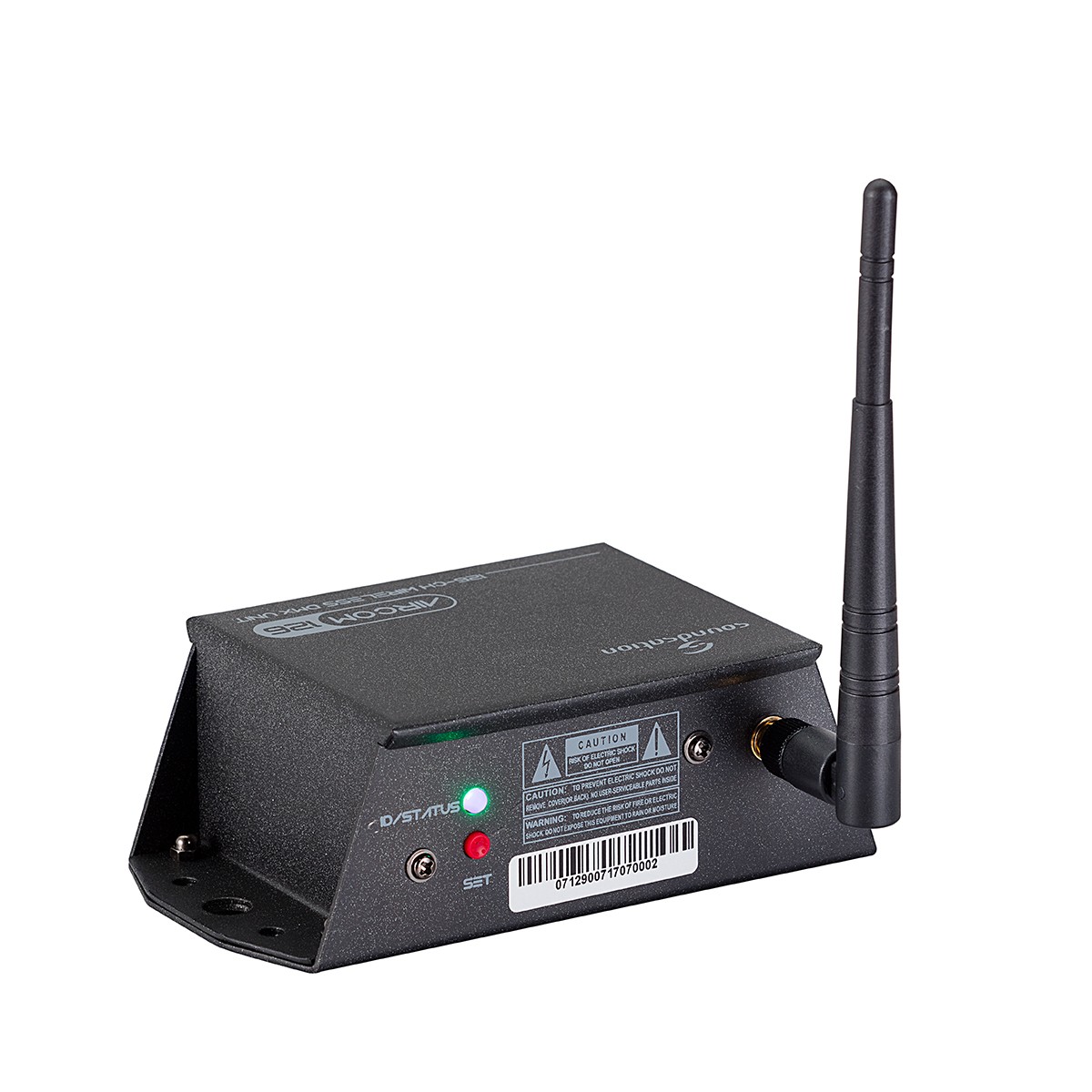
If you would like to know more about all the technical solutions of the Centolight brand, easily searching for the right product, you can visit the website https://www.centolight.com/ or directly request a call with one of our Product Specialists on the link below. We will always be happy to assist and guide you in making the right choice for you!


